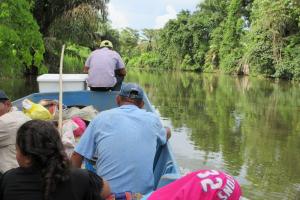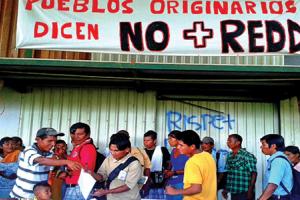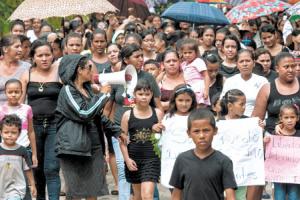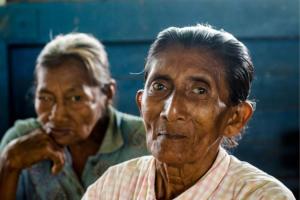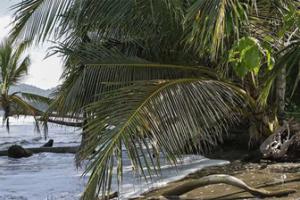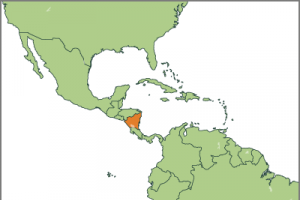We call on organizations to sign this open letter before this Friday 6th of November!!!
Nicaragua
Other information
21 October 2016
Bulletin articles
20 October 2016
The Rancho Grande municipality in northern Nicaragua is facing installation of an open-pit gold mine by Canadian company B2Gold. With over 80% of the population against the mine, the Yaoska Guardians Movement—made up of women and men from the communities—led the protests and denunciations that paralyzed the project. The threat is still present, as the company has seven other concessions in the municipality.
Other information
23 February 2015
For centuries, the Rama people have lived on the Caribbean coast of Nicaragua. In June of 2013, the Nicaraguan government signed an exclusive contract with a Hong Kong based development company to build an immense canal across Nicaragua with a 100-year concession. The proposed route will cut through almost a million acres of rainforest and wetlands, and will displace hundreds of villages, including the Rama village of Bangkukuk.
Bulletin articles
29 April 2010
The concept of protected areas, born in the United States in the nineteenth century as an idea of conservation by establishing “national parks,” was part of the colonization of the “Wild West” and, in many cases served as an instrument to appropriate indigenous peoples’ territory, handing it over to the States, research centres or corporate interests. Although an international organization such as the International Union for the Conservation of Nature (IUCN) has acknowledged that when establishing protected areas, indigenous peo
Bulletin articles
30 September 2006
Nicaragua has been aware of the effects of mining for a long time now. The many gold mining and other metal mineral works have left an aftermath of environmental degradation, impacts on water resources with, inter alia, high cyanide, lead and arsenic levels and irreparable damage to the health of thousands of workers who have also suffered violation of their labour rights.
Other information
7 March 2006
The Indio Maiz Biological Reserve is located in the southeast region of Nicaragua, covering an area of 3,180 km². It is called after two rivers, the Indio and the Maiz. It is one of the most important biosphere reserves in the country and contains a tropical rainforest, wetlands and lagoons hosting diverse fauna: jaguars, harpy eagles, green macaws, manatees, sawfish and crocodiles. In the forest you will find cedar, mahogany, almond, medlar, manu and maria trees, among others.
Other information
7 October 2002
The Department of Rio San Juan is located near the southern frontier of Nicaragua, bordering Costa Rica, and the municipality of El Castillo is on the river between the Lake of Nicaragua and the Caribbean. During the eighties, the United States attacked us with a low intensity war that eroded the economy and uprooted Nicaraguan families. At the end of the war, during the nineties, twelve thousand people from Costa Rica and other parts of the country, immigrated to the Municipality.
Bulletin articles
11 September 2001
The Mayagna Indian Community of Awas Tingni has won a major legal battle against the government of Nicaragua. On September 17, 2001, the Inter-American Court of Human Rights released its decision declaring that Nicaragua violated the human rights of the Awas Tingni Community and ordered the government to recognize and protect the community’s legal rights to its traditional lands, natural resources, and environment.
Bulletin articles
12 June 2001
The history of oil palm in Central America is closely linked to the history of the economic group United Fruit. Preston and Keith, two US businessmen who, for 20 years since 1870 concentrated on planting and exporting bananas to the USA, merged their companies in 1899 to found the United Fruit Company (UFCO), as a means of diversifying their plantations and increasing their profits.
